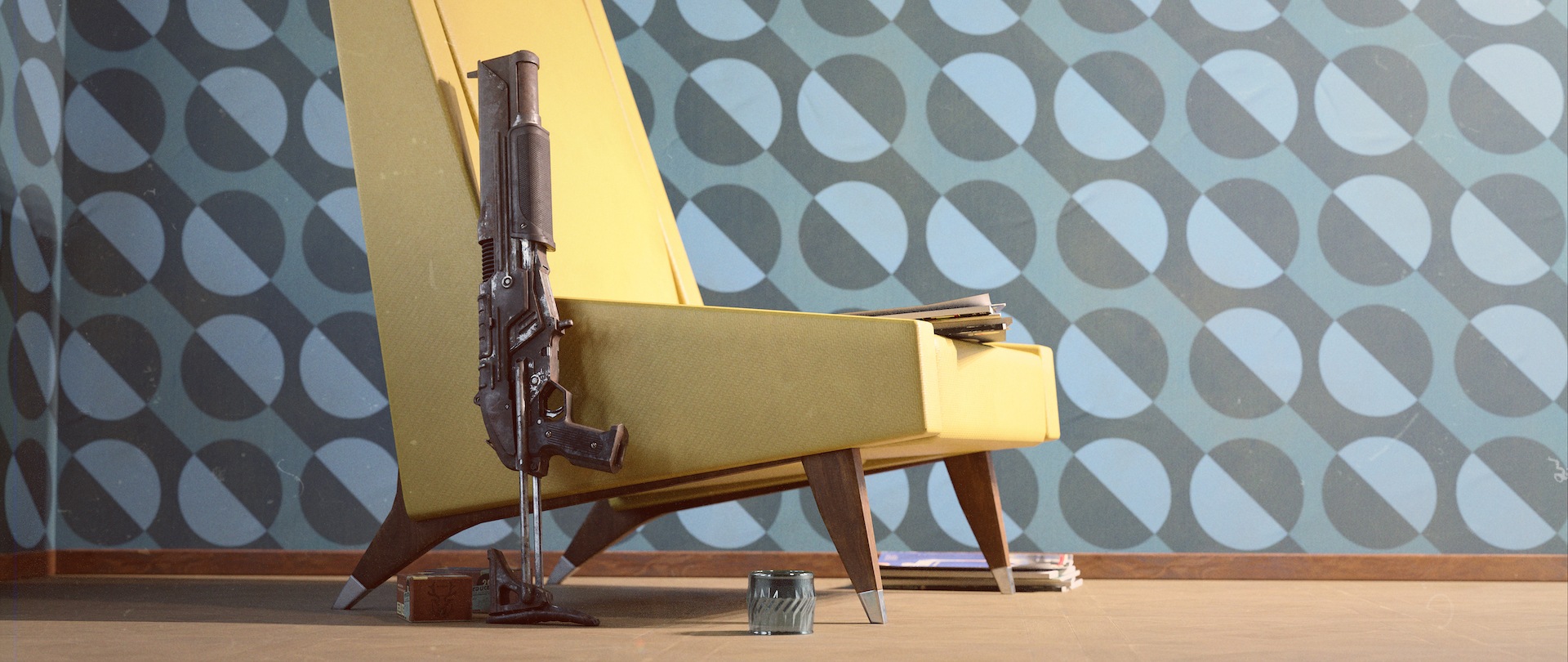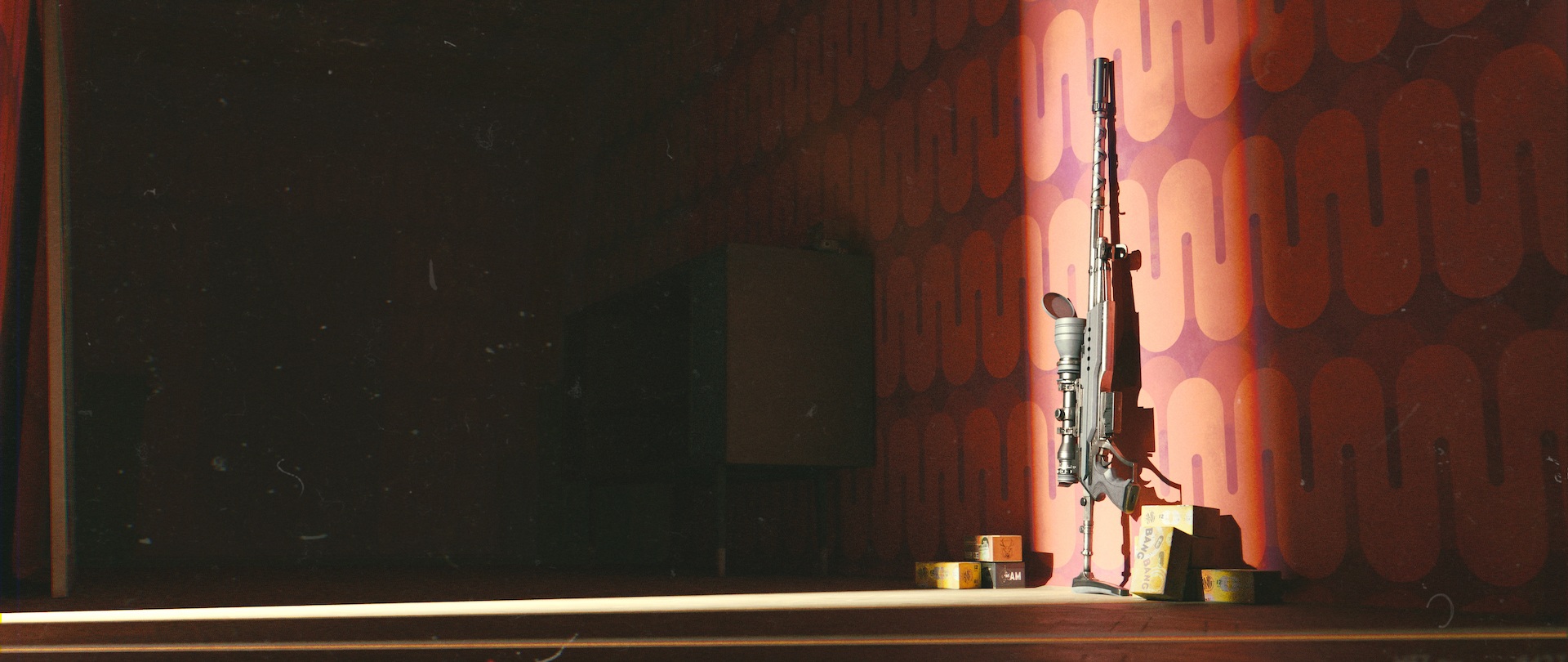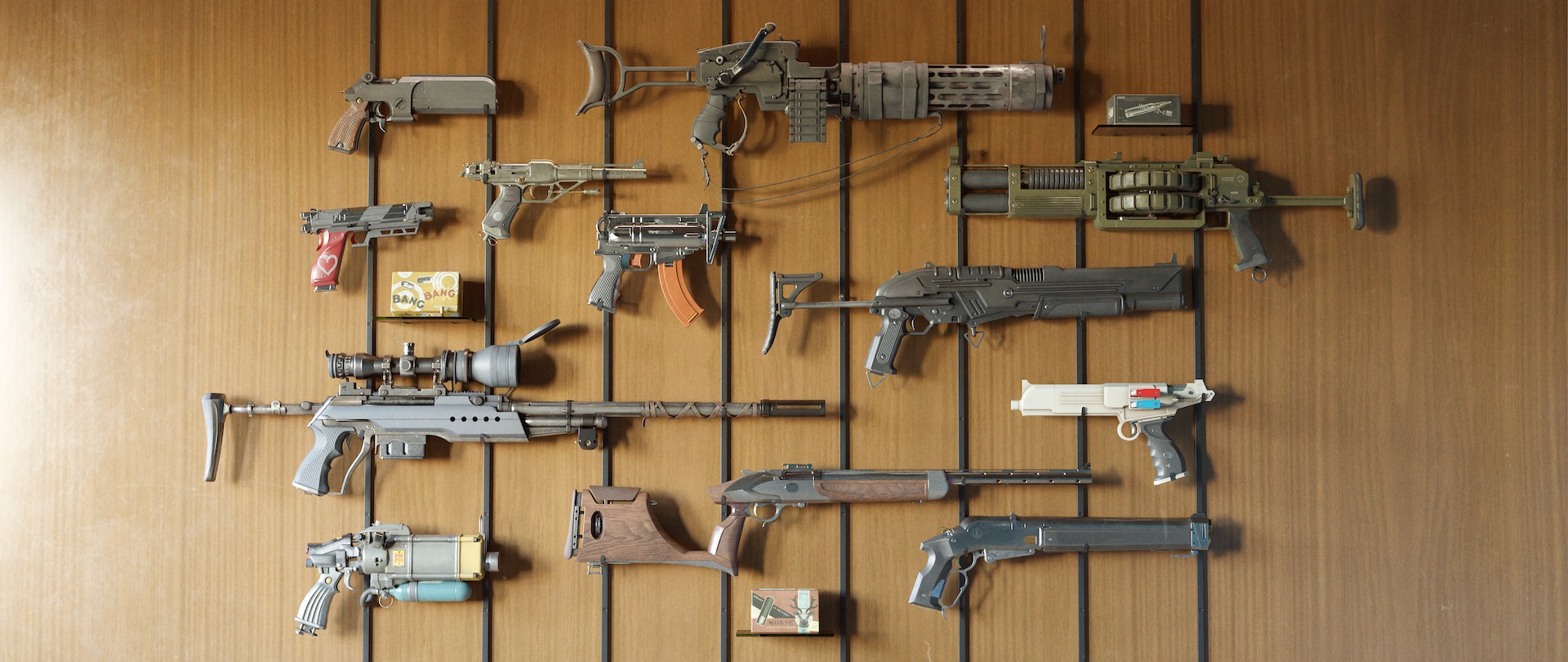Deathloop may score with gamers because of its excellent and fun combat and puzzle loops, but it's the grounded art, amazing visual design, and world lore that takes the cake for us.
We said it before, and we'll say it again, but at Cook and Becker we think Arkane is one of the most adventurous game studios worldwide when it comes to video game visuals. If there's one studio capable of offering game worlds as exciting as they are beautiful, and as complete as they are aesthetically coherent, it's the Lyon (France) and Austin (US) based Bethesda studio.
And so it comes as no surprise to us the studio behind Dishonored and Prey delivers another aesthetic gem in Deathloop, a game described by Game Director Dinga Bakaba as "a murder puzzle where you play an assassin trapped in a timeloop."
"In the 1960s," he should have added, because your recurring day at the assassin's office is fixed firmly in the decade of televised Thunderbirds, The Beatles hits, Cold War scaremongering, and psychedelic drugs.
We said it before, and we'll say it again, but at Cook and Becker we think Arkane is one of the most adventurous game studios worldwide when it comes to video game visuals. If there's one studio capable of offering game worlds as exciting as they are beautiful, and as complete as they are aesthetically coherent, it's the Lyon (France) and Austin (US) based Bethesda studio.
And so it comes as no surprise to us the studio behind Dishonored and Prey delivers another aesthetic gem in Deathloop, a game described by Game Director Dinga Bakaba as "a murder puzzle where you play an assassin trapped in a timeloop."
Thunderbirds
"In the 1960s," he should have added, because your recurring day at the assassin's office is fixed firmly in the decade of televised Thunderbirds, The Beatles hits, Cold War scaremongering, and psychedelic drugs.





